In the realm of sports, state rivalries play an essential role. Matchups against neighboring teams mean more, especially for the fans. A win for your team gives you bragging rights over your nemesis. And, until you face off against them again, you can stake your claim that your team is superior.
The Universities of Oklahoma and Texas share one of the biggest football rivalries in the country. There is a long history of ferocious battles on the gridiron between both teams, leading to bad-blood among the fans. But when all is said and done, does Texas hate Oklahoma?
Key Points:
- The rivalry between Texas and Oklahoma is primarily focused on football.
- The rivalry has a long history rooted in territorial disputes and political divisions.
- Texans are often seen as arrogant and prideful, while Oklahomans see themselves as humble and modest.
- The Longhorns hold the overall record in the football rivalry, but the Sooners have also had significant victories.
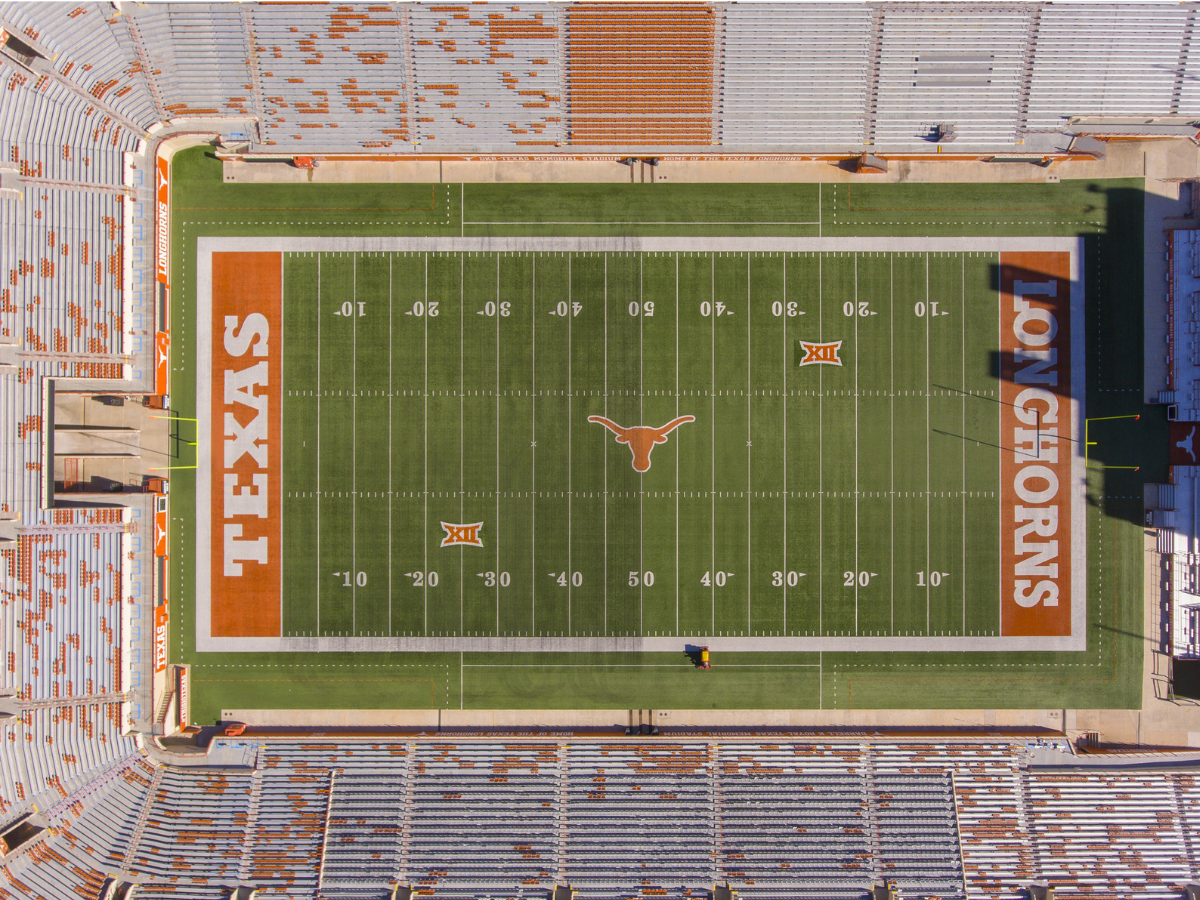
- Does Texas Hate Oklahoma?
- Historical Background of The Texas-Oklahoma Rivalry
- The Impact of The Texas-Oklahoma Rivalry on College Football as A Whole.
- Coverage of Other Sports Rivalries Between Texas and Oklahoma Universities
- Why Do Oklahoma And Texas Hate Each Other?
- Texas vs. Oklahoma: Head To Head
Does Texas Hate Oklahoma?
In the Lone Star State, football is life for many people. Texans aren’t afraid to get behind their teams, especially their beloved Cowboys and college football teams. In Oklahoma, it’s no different. NCAA football is the most popular sport in the state.
So, what happens when bordering states compete in their most treasured sport? Pride, hate, and sometimes, a touch of hatred. Regarding college football, rivalries don’t get much bigger than the Longhorns versus the Sooners. Furthermore, they are the fourth and fifth most successful teams in NCAA history.
Sports fans are unapologetically passionate. This is abundantly clear when you attend a game between such rivals. Fans and players pull no punches when these sides meet on the field, and there’s no shortage of hatred throughout the four quarters. But for the most part, that’s where it ends.
Outside the sporting rivalry, Texans and Oklahomans usually get along quite well. However, if football comes up, you can expect fireworks. Prideful fans don’t tend to take a backstep, and jokes and jibes quickly get thrown back and forth. Depending on the most recent games, the arguments may get pretty one-sided.
Rivals Like Siblings
The best way to describe the Texas-Oklahoma relationship is to compare it to a sibling rivalry. There’s usually tension and occasionally a flare-up, but there can be peace outside the direct competition. After all, both states share a similar history and southern culture.
Before we explore the history of the rivalry and delve into the real reasons these two hate each other, getting a feel for each team is essential. So, let’s look at the Texas Longhorns and the Oklahoma Sooners.
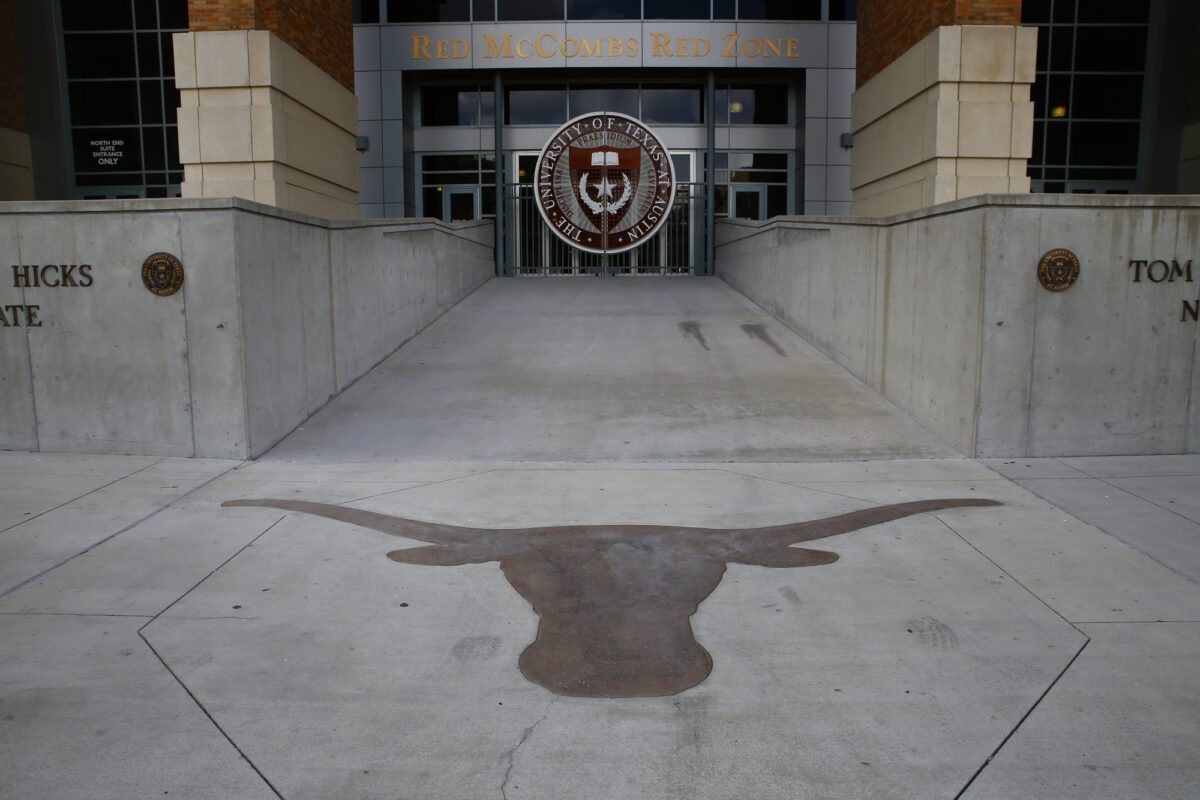
Historical Background of The Texas-Oklahoma Rivalry
The Texas-Oklahoma rivalry, often called the Red River Showdown, Red River Rivalry, or Red River Shootout, is among the most storied and enduring rivalries in American college sports, particularly college football. The rivalry is rooted in a much broader historical context that predates the formation of the two states.
The Red River, which serves as part of the border between Texas and Oklahoma, has been a focal point of territorial disputes since the 19th century when Texas was still an independent republic. Here are some key moments and events that have shaped this rivalry:
Territorial Disputes:
- Red River Bridge War (1931): Though not directly related to college football, this dispute between Texas and Oklahoma over toll bridge rights highlighted the tensions between the two states.
Football Rivalry:
- First Meeting (1900): The University of Texas and the University of Oklahoma football teams met for the first time. Texas won the inaugural game.
- Fair Park, Dallas (1929): The game was moved to the Cotton Bowl in Dallas, located roughly halfway between Austin and Norman, to make the game a neutral-site contest. The Cotton Bowl has been the traditional venue ever since.
- Golden Hat Trophy (1941): Originally known as the “Bronze Hat,” the trophy was introduced to symbolize the winner of the annual game.
- Vince Young and the 2005 Season: In one of the most dominating performances in the rivalry, Texas quarterback Vince Young led the Longhorns to a 45-12 victory en route to a national championship.
- 2008 #1 vs #5 Matchup: Oklahoma was ranked #1 and Texas was ranked #5 going into the game. Texas won in a thrilling 45-35 victory, and both teams ended the regular season with one loss, creating controversy over who should represent the Big 12 South in the conference championship.
- Sam Ehlinger and the 2018 Season: In a thrilling game that ended 48-45, Texas quarterback Sam Ehlinger became a Red River Showdown legend, leading Texas to a victory with his performance.
Cultural Impact:
- Boomer Sooner vs. Hook ‘Em Horns: The slogans and hand signs representing each school have become part of the cultural fabric of each state.
- Economic Impact: The game contributes significantly to the local Dallas economy, as fans from both states flood the city for the weekend.
- Social Aspects: Tailgating, pre-game and post-game rituals, and even marriage proposals have been known to occur around this event, marking it as much more than just a game for many.
The rivalry continues to be a defining event for both universities and states, with social, economic, and athletic implications. It remains one of the most watched and celebrated college football games yearly, with a rich history that resonates far beyond the gridiron.

The University of Texas at Austin – Texas Longhorns
The Texas Longhorns football program was established in 1893 and is widely renowned as one of the most important in the sport’s history. Although the Longhorns didn’t win a championship until 1963, they’ve become one of the winningest teams in the NCAA.
Today, the Longhorns are known for consistently making it to the postseason. They have the second-highest appearances in bowl games and rank fourth in bowl game victories. In the Cotton Bowl Classic, no team has more appearances or wins than Texas.
Unsurprisingly, the Longhorns have had some phenomenal players on their rosters over the years. 129 alumni were selected on College Football All-American teams. Two Texas Longhorns were named Heisman Trophy winners (best football player in college): Earle Campbell in 1977 and Ricky Williams in 1998.
356 Texas players have been selected in the NFL draft, including 45 first-round picks, and three first-overall choices. 17 Texas players are in the College Football Hall of Fame, and four were inducted into the Pro Football Hall of Fame, further demonstrating the caliber of the program.
Texas Longhorns Traditions
The University has many traditions intertwined with its sports teams, particularly the football program. Some of the most notable practices are:
- Official colors – burnt orange and white are the official colors of the university and the Longhorns. If you visit Austin, you’ll find plenty of people donning the famed colors.
- Bevo – Bevo, the Texas Longhorns, has been the school mascot for over 100 years. More than 15 real longhorns have served as “Bevo” throughout the University’s history, and each one makes public appearances at important events and games.
- Texas Fight – whenever the Longhorns are playing at the Darrell K. Royal-Texas Memorial Stadium, Texas Fight (official fight song) rings aloud after touchdowns and big moments.
- Hook ‘em Horns – you’ve probably seen Texans throw up the Hook ‘em Horn sign, which was voted as the favorite hand signal in the U.S. by Sports Illustrated. Interestingly, it was created by a Longhorns cheerleader named Harley Clark in 1955.
- The Eyes of Texas – singing “The Eyes of Texas” before and after Longhorns games is a tradition. It’s also performed at other sports games and important events.

The University of Oklahoma – Oklahoma Sooners
The Oklahoma Sooners football program has been around since 1895 and, much like their cross-state rivals, is one of the most successful in the nation. The Sooners boast a .725 winning rate, ranking them sixth on the all-time list in U.S. college football.
Throughout the program, the Sooners have won seven national championships and are acknowledged as one of the top teams most years. They play their home games at the Gaylord Family Oklahoma Memorial Stadium, named after the Gaylord Family after the immense contributions made to the program.
Hall of Fame
The Sooners have had 167 first-team All-Americans since the beginning of the program. 29 have made it to the College Football Hall of Fame. Seven Sooners have been awarded the Heisman Trophy over the years. The most recent winner was Kyler Murray, the NFL’s first draft pick in 2019.
Since the first NFL draft, an Oklahoma player has been selected each year aside from two (1962 and 1995). In total, 410 Sooners were chosen in the draft, the fourth most among any college football team. On average, over five Oklahoma players are selected each year.
Oklahoma Sooners Traditions
Due to the prestige of the school and its athletics programs, the Sooners also have several rich traditions, including:
- Official colors – the Sooners’ official colors are crimson and cream, which has been the case since 1895. Although, recently, some of the uniforms have been closer to red and white.
- Conestoga wagon – although there have been several mascots down the years, the Sooner Schooner, an old wagon similar to the type of cart used by Oklahoma’s first settlers, is the primary. There are also two costumed mascots called Boomer and Sooner.
- Boomer Sooner – the Sooners’ official fight song is “Boomer Sooner”. At home games, the song is played by the live band (The Pride) after a touchdown, field goal, or significant event.
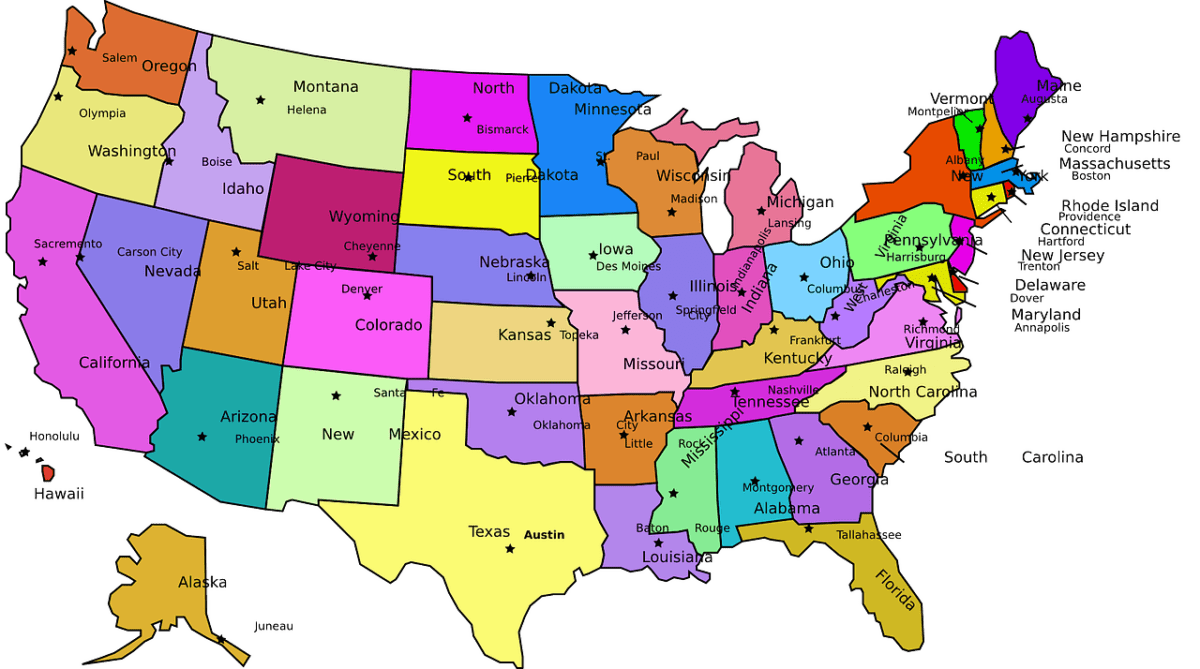
The Impact of The Texas-Oklahoma Rivalry on College Football as A Whole.
The Texas-Oklahoma rivalry has significantly impacted college football nationally, shaping perceptions of the sport, influencing rankings, and even affecting the broader landscape of college athletics. Below are some key ways in which the rivalry has made its mark on college football as a whole:
Influence on Rankings and Post-Season Play:
- Heisman Trophy Consideration: Outstanding performances in the Red River Showdown have boosted players’ Heisman Trophy resumes. For instance, Ricky Williams of Texas in 1998 and Jason White of Oklahoma in 2003 had significant games that propelled them to win the Heisman.
- National Rankings: Given that Texas and Oklahoma have been highly ranked during many of their matchups, the outcome often directly impacts the national rankings and the teams’ paths to major bowl games or the College Football Playoff.
Pioneering Traditions and Fan Culture:
- Neutral-Site Tradition: The decision to hold the game at a neutral site like the Cotton Bowl, approximately halfway between the two campuses, was groundbreaking. This has inspired other neutral-site college games and even influenced professional sports.
- Fandom: The intense fan culture, involving everything from trash talk to elaborate tailgating rituals, has set a standard for college football rivalries nationwide.
Economic and Media Impact:
- Media Coverage: The rivalry is a major draw for networks and has set records for viewership, attracting national media coverage and spotlighting the Big 12 Conference as a whole.
- Sponsorship and Merchandising: The prominence of the rivalry makes it an attractive target for corporate sponsorships, thus generating revenue that benefits both universities and, indirectly, other athletic programs within the schools.
Impact on Recruitment:
- Talent Scouting: A strong performance in the Red River Showdown can be a major selling point for recruiting future talent. Recruits are often present at the game, and the charged atmosphere offers a vivid example of college football at its best.
Setting Precedents:
- Changing Conference Dynamics: In periods where Texas or Oklahoma has dominated the rivalry, it has often led to broader dominance in the Big 12 Conference, affecting the balance of power in college football generally.
- Influence on Rules and Officiating: High-profile incidents in the rivalry, such as controversial referee decisions, have sometimes led to discussions about rule changes or adjustments in officiating practices.
In summary, the Texas-Oklahoma rivalry has had a multifaceted impact on college football, serving as a template for other rivalries, influencing player recruitment and national rankings, and affecting the economic and media landscape of the sport.
Its reach extends beyond the universities and the states they represent, resonating with the broader narrative of college football in the United States.
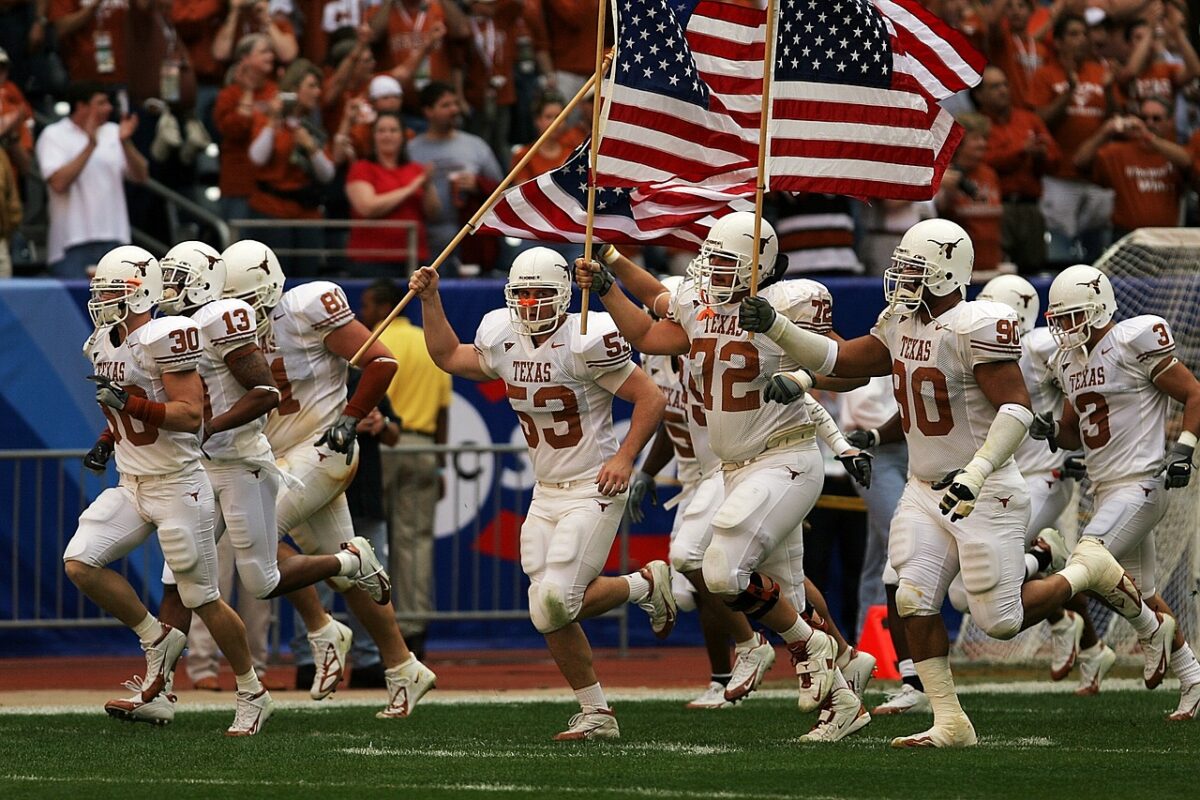
Coverage of Other Sports Rivalries Between Texas and Oklahoma Universities
The Texas-Oklahoma rivalry extends beyond football, permeating other college sports as well, where the stakes are often high and the competition fierce. Here are some other sports where the rivalry plays out:
Men’s and Women’s Basketball:
- Big 12 Play: Texas and Oklahoma are often at the top of the Big 12 Conference in both men’s and women’s basketball, making their regular-season matchups highly consequential.
- Tournament Play: While not as heralded as the Red River Showdown in football, it becomes a must-watch game for fans when these teams meet in the Big 12 Tournament or even the NCAA Tournament.
Baseball and Softball:
- Historical Success: Both Texas and Oklahoma have had historically successful baseball programs, which ratchets up the intensity whenever they meet.
- Softball Dominance: Both states have had dominant softball programs as well, with Oklahoma, in particular, becoming a powerhouse in recent years.
Track and Field:
- High-Stakes Meets: Track and field events, especially the ones held as part of broader athletic competitions like the Big 12 Championships, become arenas for proving athletic superiority.
- Talent Showcase: These events are often platforms for athletes to qualify for national championships, making the rivalry meets significant.
Golf:
- Strong Programs: Both states have strong men’s and women’s golf programs, making for competitive matchups.
- Invitational Tournaments: These often serve as additional venues for the rivalry to manifest, outside of the traditional conference and NCAA competitions.
Other Sports:
- Volleyball, Tennis, and Soccer: While perhaps not capturing as much national attention as football or basketball, these sports also feature competitive matchups between Texas and Oklahoma schools.
Cultural and Institutional Impact:
- Scholar-Athlete Competition: The rivalry often extends into academics, with both schools keen to prove their superiority in producing scholar-athletes.
- Alumni Engagement: The rivalry games in various sports serve as focal points for alumni gatherings, increasing engagement and fundraising opportunities.
While the Red River Showdown in football remains the marquee event, the rivalry between Texas and Oklahoma universities manifests itself across a broad spectrum of sports. Each contest carries its significance, history, and implications for the conference and national rankings, making this rivalry one of the most comprehensive and passionately followed in American college sports.
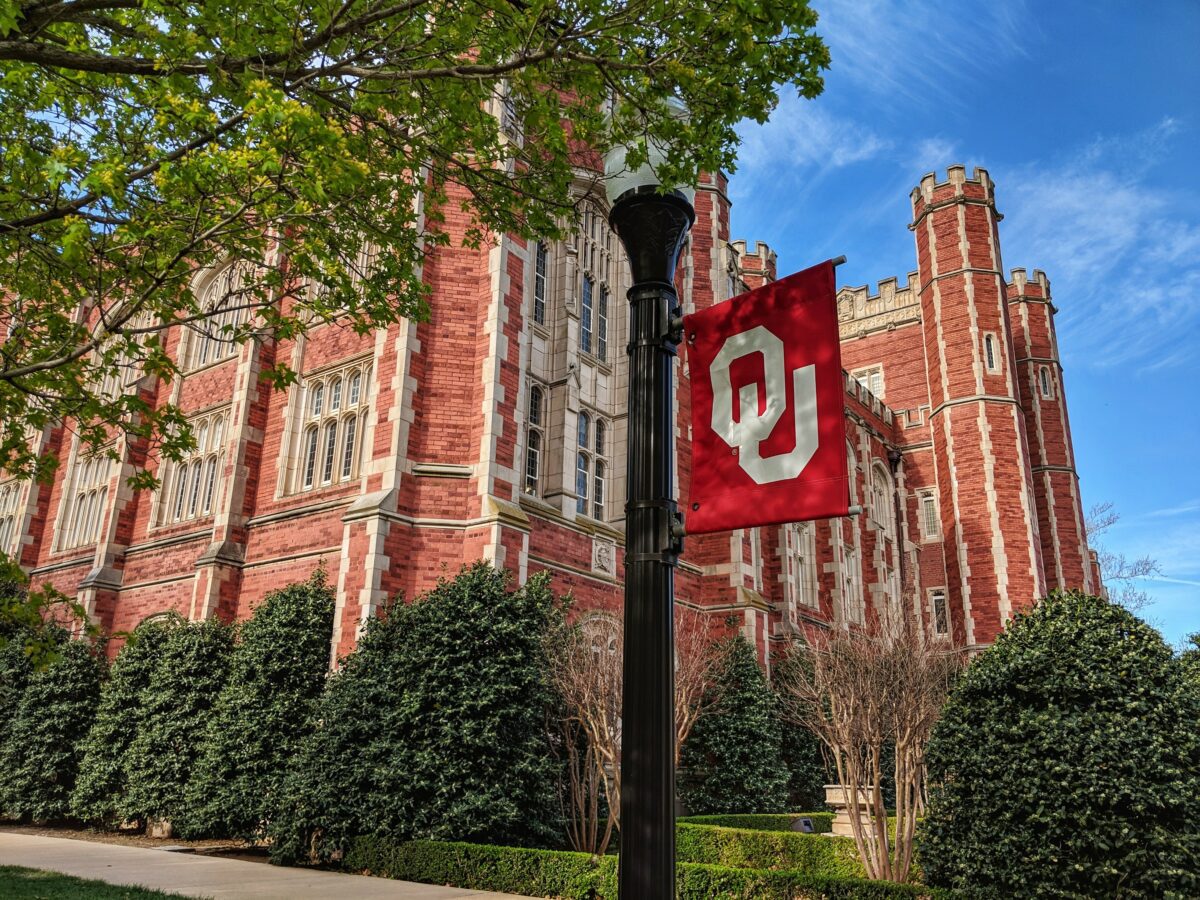
Why Do Oklahoma And Texas Hate Each Other?
Often, local rivalries don’t need much explaining. Geographical location means that fans are nearby, battling for bragging rights. However, the Oklahoma and Texas rivalry has a little more juice to it. Many believe the rivalry lasted over 150 years before a football was thrown.
Let’s examine some of the main reasons these teams hate each other.
Historic Rivalry
The reality is that today, the rivalry between Texas and Oklahoma is focused predominantly on football. However, several non-sport-related occurrences have caused trouble between these two states throughout history.
When Texas became a state in 1845, it had to give portions of its land to Oklahoma’s northern territory. This contributed to the development of the Oklahoma panhandle and created borderlines between the regions. Both states were also involved in the Texas Bridge War of 1931.
So, territorial and political divisions have existed between Texas and Oklahoma.
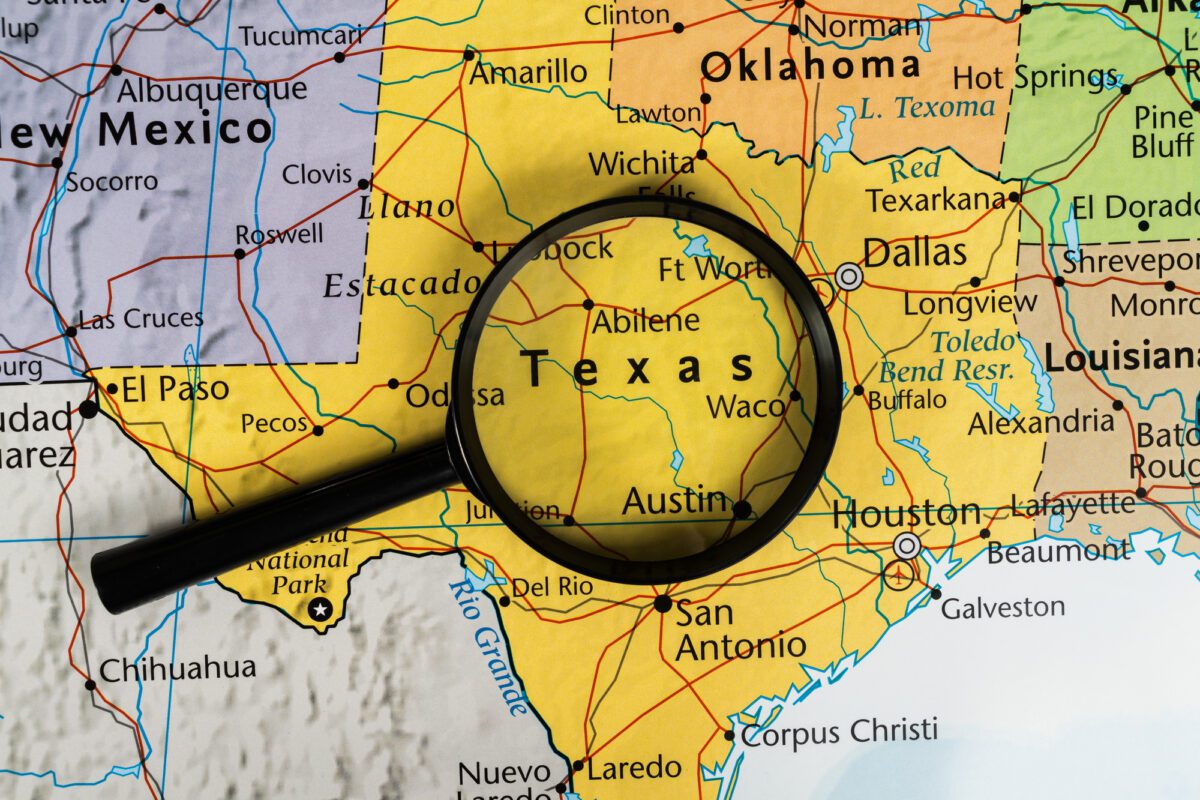
Humbleness Vs. Arrogance
Some also pit Texans and Oklahomans against each other as arrogant versus humble. Due to Texas’s involvement in the War of Independence and its rich history, certain Oklahomans maintain that Texans are overly prideful and nationalistic about their culture and sports teams.
In contrast, Oklahoma natives describe themselves as humble and modest. However, these traits go out the window when both teams meet on the football field. Both sets of fans get behind their teams and inevitably throw shade at the opposition and their fans.
As a major sporting state, Texas fans are an easy target for rivals nationwide. This means that they’ll always be cast in some negative light. But ultimately, this is just part and parcel of mainstream sports. There is little to no evidence that particular sets of fans conform to a specific ideal.
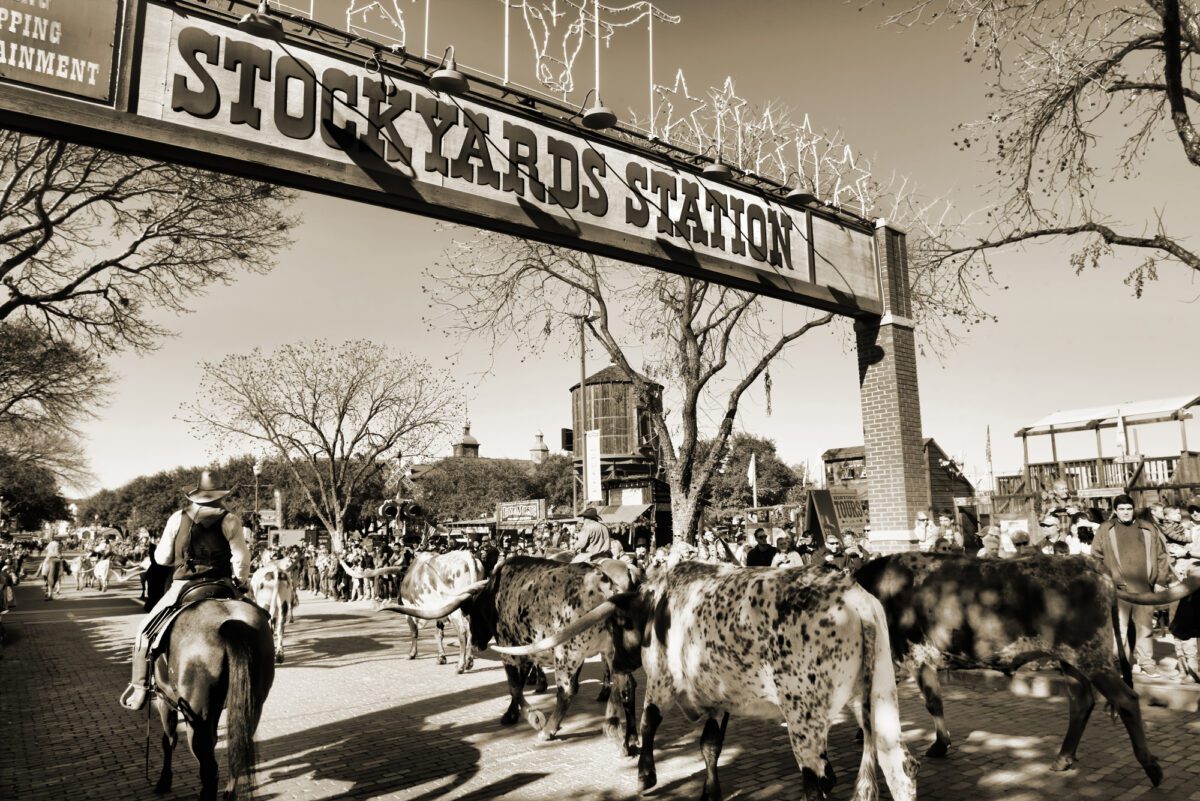
Tradition
Regardless of how sporting rivalries begin, more often than not, they stick around. Moreover, sports fans enjoy rivalries and attach more meaning to games. At this point, the Longhorns and Sooners are footballing adversaries, and the fans love it.
Texans and Oklahomans don’t truly “hate” one another. Instead, they love and stand behind their teams, especially when facing off against their biggest local and sporting rivals. This alone creates more tension, anticipation, and enjoyment in the sport.
Texas vs. Oklahoma: Head To Head
The Longhorns and Sooners’ rivalry is known as the Red River Shootout or the Red River Rivalry. The teams first competed against one another in 1900; since 1929, they’ve played each other every year. In total, there have been 118 games between the two.
The Red River Shootout is traditionally played in October on the second Saturday (although it varies occasionally). The big game occurs in the Cotton Bowl at Fair Park in Dallas. The winner is awarded the Golden Hat during the regular season, which they can proudly keep until the following season.
Of the 118 meetings, Texas Longhorns have the best record (63-50-5). However, the Sooners hold the record for the most significant victory, defeating their rivals by 65-13 in 2003.
Winning Streaks
Texas holds the record for the longest winning streak of eight consecutive wins, which they’ve achieved twice, between 1940 and 1947 and 1958 and 1965.
In the latest meeting (2022), Texas comfortably defeated Oklahoma by a scoreline of 49-0. However, both teams have historically experienced tremendous success in the NCAA championship. It’s undoubtedly one of the fiercest sporting rivalries in the entire nation.
Christian Linden is a seasoned writer and contributor at Texas View, specializing in topics that resonate with the Texan community. With over a decade of experience in journalism, Christian brings a wealth of knowledge in local politics, culture, and lifestyle. He holds a Bachelor's degree in Communications from the University of Texas. When he's not writing, Christian enjoys spending weekends traveling across Texas with his family, exploring everything from bustling cities to serene landscapes.











